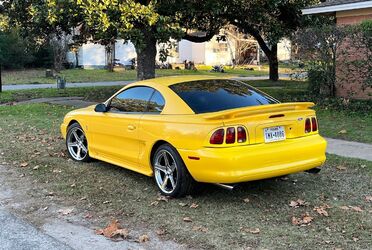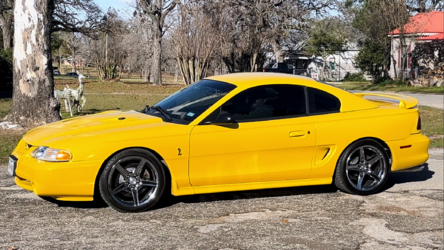The anti-lock braking system (ABS) is one of the most important innovations in the history of the automobile. Unfortunately, the problem with ABS is that no one has bothered to educate drivers who have ABS-equipped vehicles in how to apply this type of braking system properly.
Let's begin by explaining how ABS works. The first point to note is that ABS works in connection with the computer system that is in the vehicle. There are sensors connected to each of the four wheels. With ABS working correctly, you can slam on the brakes in an emergency situation, and the wheels will not lock up, thereby allowing you to keep steering control. The computer sensors detect that one or more of the wheels are beginning to lock up, which means that the wheel has stopped turning. But instead of locking up and causing you to lose control, the computer will pulsate the brake system for you. What you will feel on the ball of your foot is the brake pedal pulsating and pumping back and forth. Keep your foot hard on the brake pedal. You also will hear the sound of the pumping. This is ABS at work.
The Ford Mustang GTs that we use at the school are equipped with ABS. You might not think that you would find ABS at a driving school, but our training vehicles are equipped with ABS because it assists our students when they get into trouble.
The most important benefit of ABS is the ability to turn and avoid an accident. Say you're driving down the highway and not really paying attention, and suddenly the traffic stops in front of you. Most people today would just slam on the brakes. With ABS, you can slam on your brakes and still have the ability to turn in order to avoid the vehicles that have stopped in front of you. You will have the ability to swerve left or right. It only takes a half turn of the steering wheel, if you are holding the wheel at the 3:00 and 9:00 hand positions, to make that quick emergency evasive maneuver and get out of trouble. The main thing that you do not want to do with ABS is to pump the brakes as you would with older-style, conventional braking systems. Pumping the brakes will eliminate all the ABS benefits, and you won't be able to stop as quickly.
With conventional braking systems, you stomp on the brake in an emergency, and it will lock up the front wheels, stopping them from turning; however, the wheels must continue to rotate in order to give you directional control. Once the wheels have locked up, you have lost directional control and the maneuverability of the automobile. The only way to avoid this is to pump the brake pedal on and off in an attempt to keep the wheels from locking up and then to maneuver around the object that has stopped in front of you. ABS eliminates the need to pump the brakes on-off, on-off.
ABS can be a lifesaver. It will assist you in emergency situations, and it also can help if you encounter adverse weather conditions such as rain, snow or ice. If you stand on ABS brakes, it will slow the car while still allowing you to regain control of a front-wheel skid. When you are going through a corner too fast in wet or dry weather, and the back end starts to slide out in a rear-wheel skid, just stand on the ABS brakes. Keep your foot on it hard, don't pump the pedals and continue to steer the car where you want it to go. Remember that you can do this for both the front- and rear-wheel skids, as long as your vehicle is equipped with ABS. You will be hard pressed to gain this type of control with a conventional braking system. As a race driver, I can gain control of even the wildest slide, but I would feel much more comfortable if I could stand on the brakes and steer myself out of a situation with ABS. As soon as I feel the brake pedal pulsating, it puts my mind at ease, because I know that I only have to steer myself around the obstacle in front of me.
Be it on the race track, coming around a corner too fast or getting on or off a freeway ramp, when the front or rear wheels begin to slide, remember to get on the ABS brakes, stay on them and steer yourself back to where you want to be. It is just that simple.
Bob Bondurant, racer and entrepreneur, owns and runs the Bob Bondurant School of High Performance Driving in Phoenix, Ariz. For more information on classes and schedules, click over to www.bondurant.com or call (800) 842-RACE (7223).




